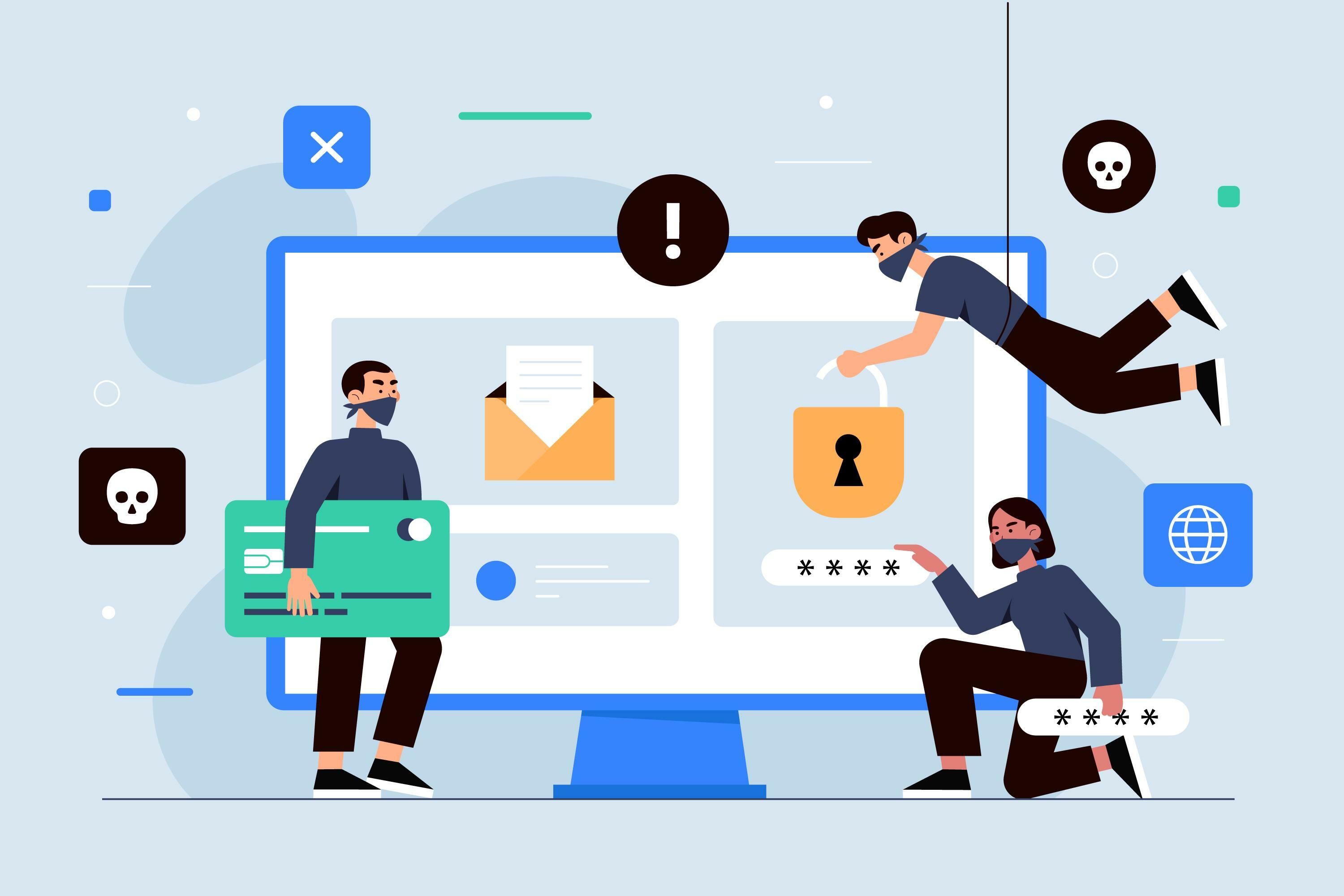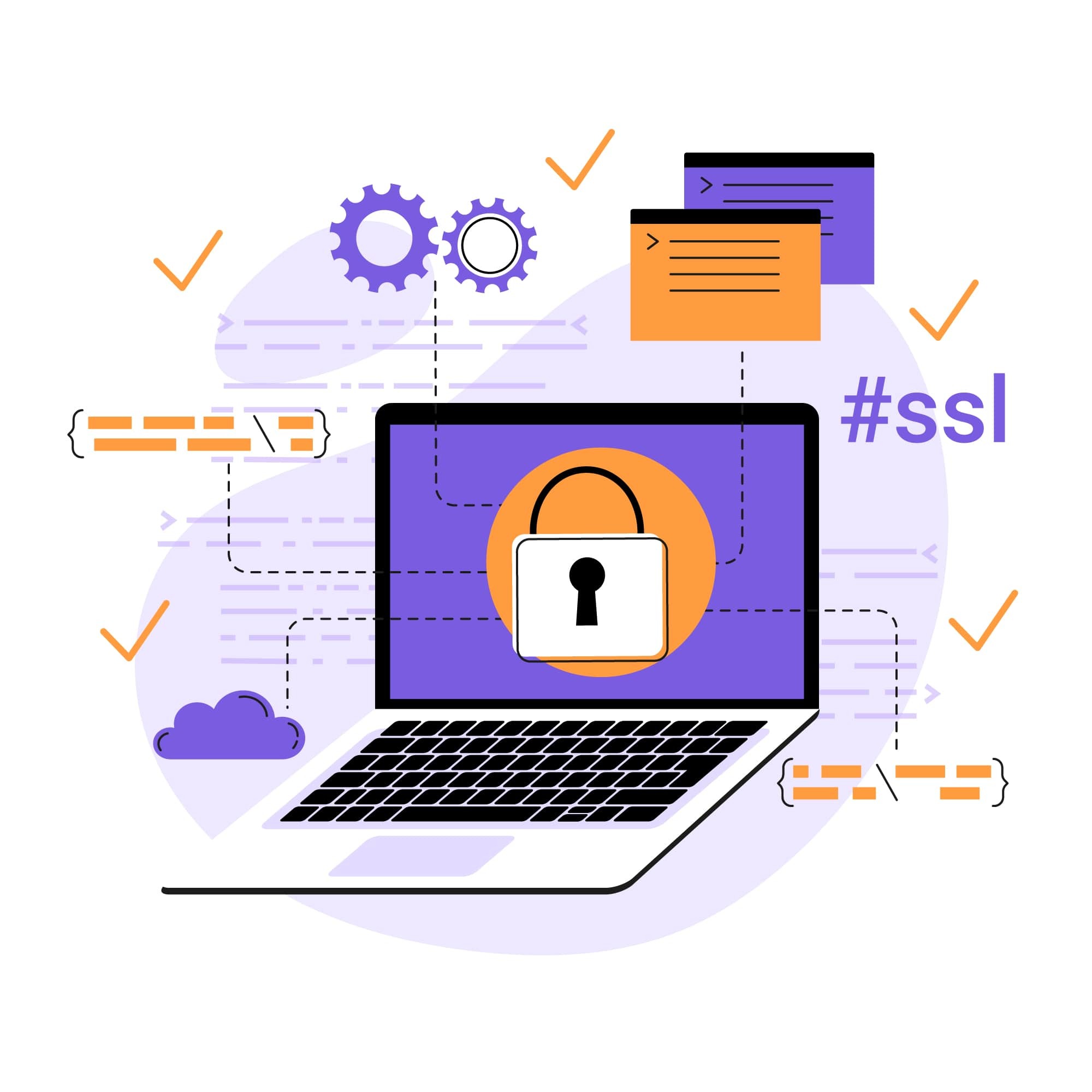
What Malware Can Do & How to Prevent It on Your Website
Malware is a major cyberthreat that can significantly damage your website or business. How can you keep your website safe when one million new malware threats are created every day?
You can stay one step ahead of cybercriminals by familiarizing yourself with how malware can affect your site, understanding the signs to look for, and learning what you can do to prevent it.
What is malware?
Malware, also known as malicious software, is a type of software created for malicious purposes. While it is commonly associated with computer systems, malware can also be used to attack and infect websites. It is designed to cause harm and is often used by cybercriminals to carry out common types of cyberattacks and steal sensitive information such as financial data. Different forms of malware include:
Viruses
Worms
Trojans
Ransomware attacks
Spyware
Fileless malware
Rootkits
Keyloggers
Adware
Bots and botnets
It can be distributed through various means, such as email attachments, infected websites, compromised software downloads, or even through physical media like USB drives. Hackers use malware as a tool to exploit vulnerabilities for their own gain. Effective cybersecurity measures are crucial to detecting, and removing and preventing these malicious threats.
What does malware do?
Malware attacks can cause a number of different problems on websites and apps. Here are some of the most common issues these attacks can create:
Change the appearance of your site.
Defacements allow cybercriminals to replace your website’s content with their own message, which often promotes a political or religious agenda. This attack could turn visitors away by offending them with the shocking message and/or preventing them from accessing your website entirely. It is one of the more common and recognizable types of malware.
Hide in advertisements.
Malvertising spreads malware by prompting users to click on an ad, or through a “drive-by” download, which automatically infects a visitor when they visit the site. Cybercriminals can either inject malicious code into an advertisement or upload their own malicious ad to an ad network that will distribute it across millions of websites at a time.
Send your visitors to other (usually) malicious websites.
If visitors to your site are redirected to another site – especially one that looks suspicious – you have been affected by a malicious redirect.
Grant cybercriminals access to your site.
True to their name, backdoors are a type of malware that acts as an entry point for cybercriminals, allowing them to gain access and maintain persistent access to your site. With access to your website, they can expose sensitive data, alter your site’s appearance, and more. You may not notice a backdoor file, as studies show they are sophisticated enough to go undetected, yet very popular with cybercriminals.
Place spam content on your site.
Unusual links or comments suddenly appearing on your site or a significant and sudden loss in traffic are all signs of SEO (search engine optimization) spam.
SEO spam takes advantage of two techniques used to help websites rank well in search results: the use of relevant search terms on a web page and acquiring links from outside sources. By inserting hundreds or thousands of files containing malicious backlinks and unrelated keywords into your site, cybercriminals can cause a drop in your site’s search rankings, resulting in a dramatic drop in website visits.
Get your site flagged by search engines and removed from search results.
Google and other popular search engines review websites for malware and may remove infected sites from search results in an effort to keep users from visiting them. This practice is known as blacklisting. Search engines may also place a warning on blacklisted sites in order to protect visitors from malicious content. The warning lets visitors know that the site is infected, and prevents them from entering. Not only will this cause your traffic to drop, but those visitors may distrust your site and never return.
Possible consequences
Your reputation, website traffic, and/or revenue will likely take a hit if your website is infected with malware. Suspicious activity or signs of malware on your site could make your site appear untrustworthy, damaging your reputation and preventing visitors from returning, especially if a data breach occurs. In fact, 65 percent of online shoppers who have had their credit card or other personal information stolen refuse to return to the site where their information was compromised – a loss that many websites and businesses could not afford.
Fortunately, preventing malware infections is affordable, easy, and a good investment towards the success of your website.
How to prevent website malware
You can prevent website malware by:
Preventing vulnerabilities. Vulnerabilities are weak points in the website’s code that can be exploited to attack a website, and cybercriminals can find them automatically by using bots.
Vulnerabilities can be prevented by:
Installing updates and patches promptly. If your site is built using a CMS like WordPress, updating your software and plugins as soon as updates are available ensures that vulnerabilities are patched quickly.
Using only what you need. A website’s risk of compromise increases the more features it has. Reduce your risk by only using the plugins and features you absolutely need – and fully uninstall anything you’re not using.
Using a vulnerability scanner and automated patching system. This helps to automate the process of keeping your site updated.
Blocking automated attacks that look for vulnerabilities. No website is too small to fall victim to a cyberattack, as cybercriminals frequently use malicious bots to automatically look for websites with vulnerabilities. Fortunately, these bots can be blocked with a web application firewall (WAF).
Finding and removing malware quickly. A cyberattack costs more the longer it takes to find, but prompt malware removal can reduce the cost and damage incurred. Using a website scanner that looks for and removes known malware on a daily basis ensures that you’re catching threats swiftly.
Malware and cybercriminals don’t rest, but you can defend against them with a website security solution that doesn’t quit. With SiteLock, you can easily protect your site by preventing malware, vulnerabilities, and automated attacks. We’re always here for our customers with 24/7/365 customer support, so give us a call at 855.378.6200 to get set up, or shop our affordable plans online.
SiteLock also offers immediate website hack repair.
Want to learn more about malware? Explore these additional resources:
Ways Malware Can Get Onto Your Site
How to Check A Website for Malware & Common Signs
Ways to Protect Your Site From Malware
Malware Analysis Series:





